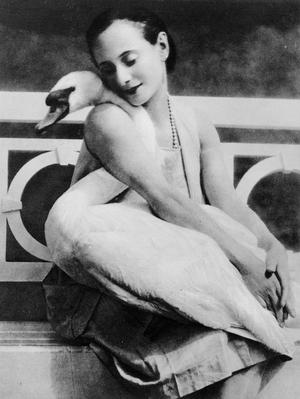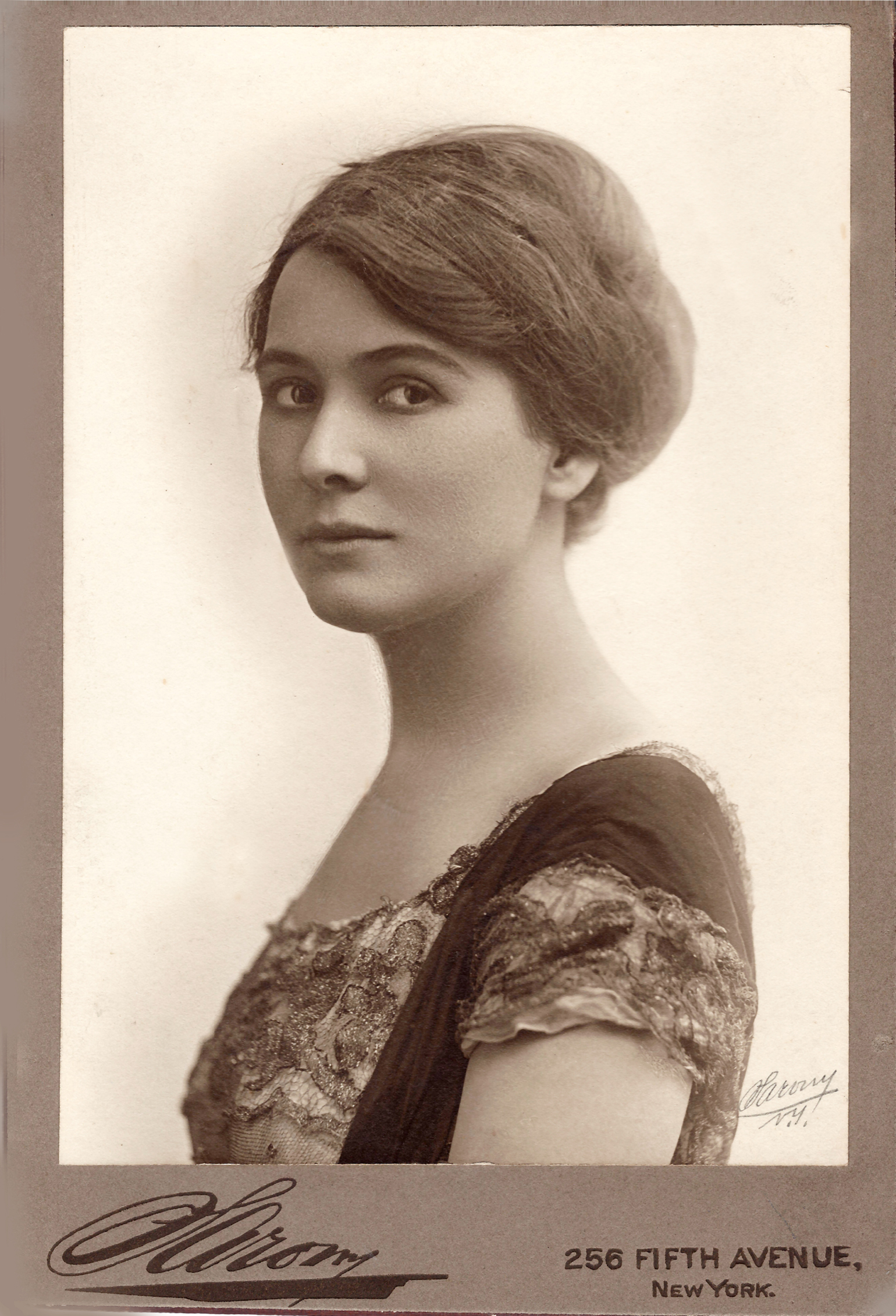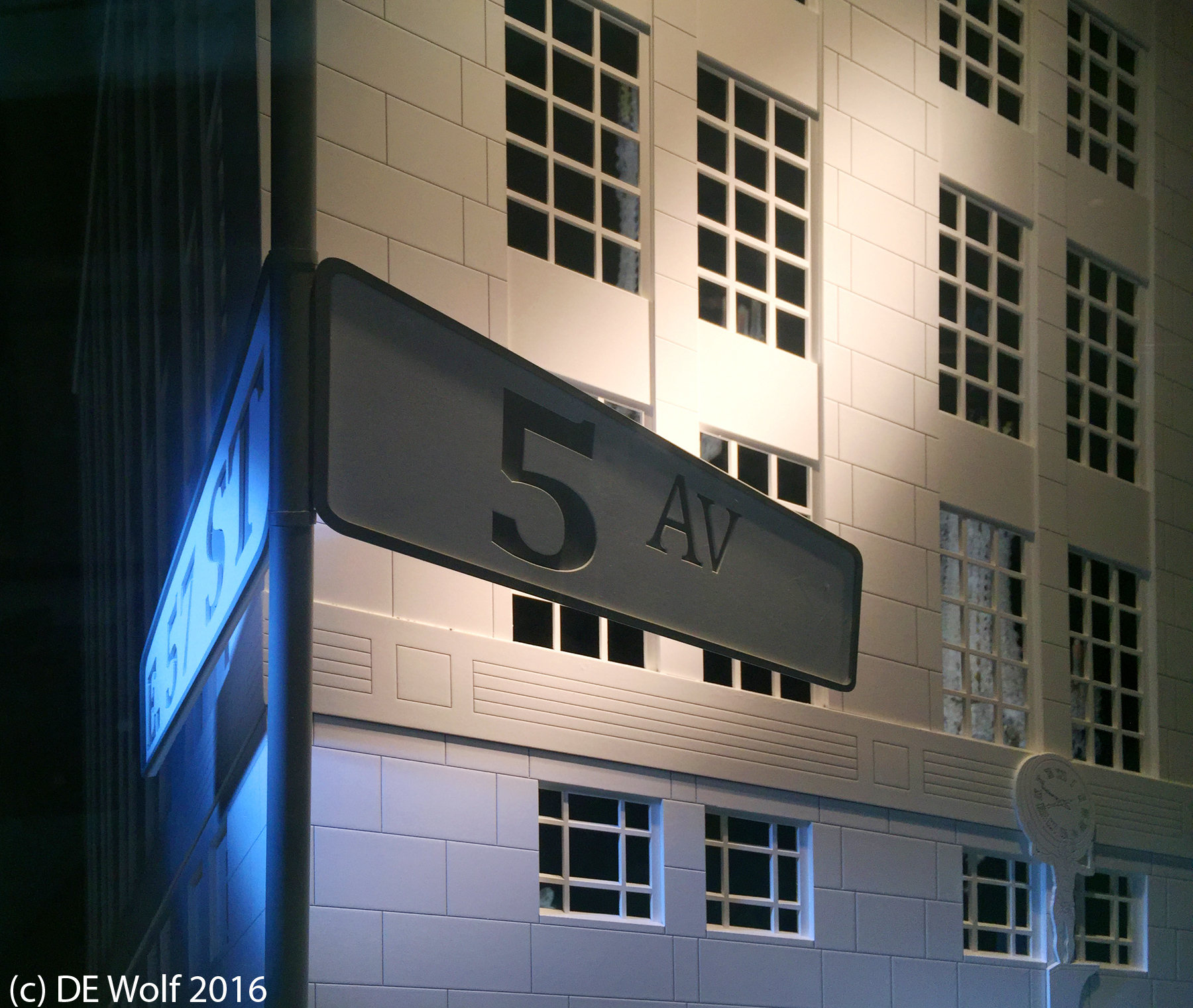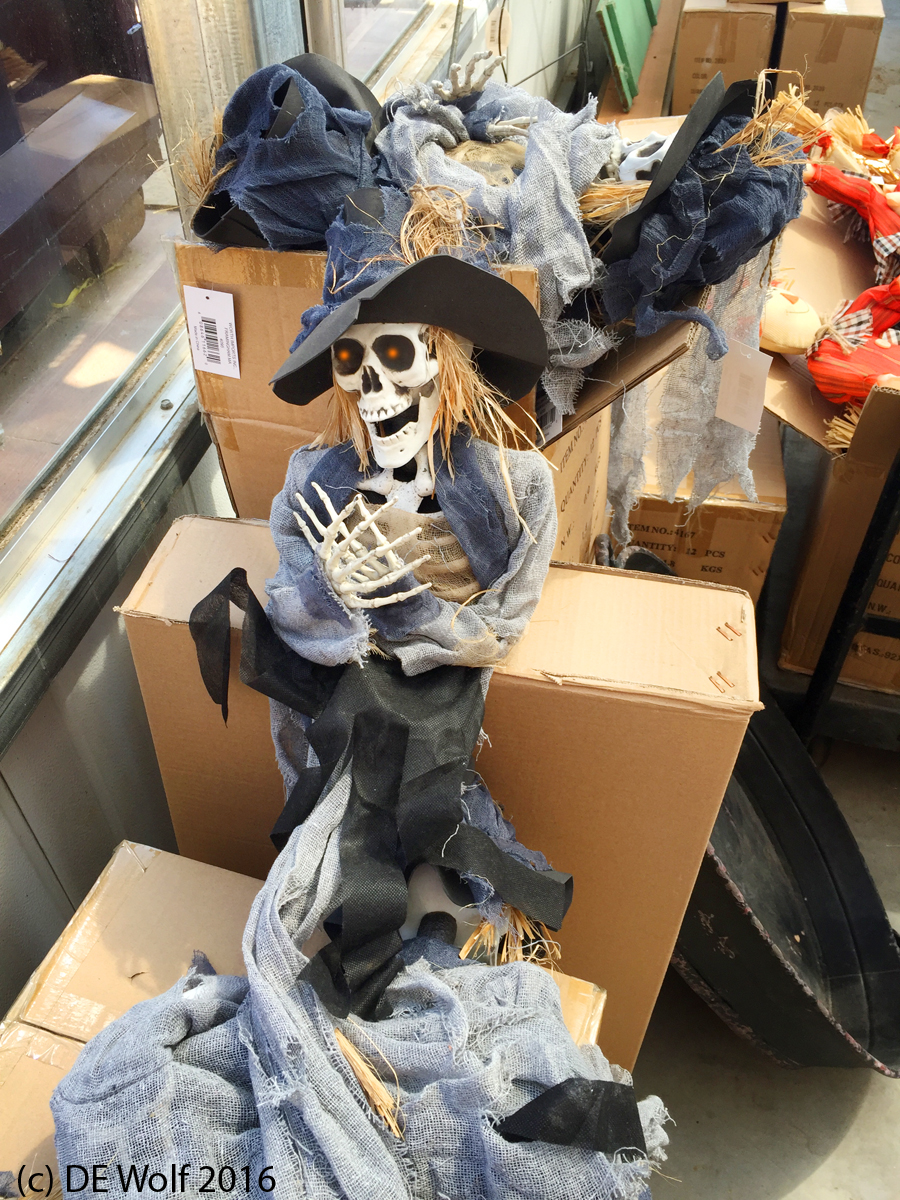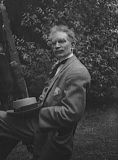
Figure 1 – Ambrose Bierce at the Bohemian Club grove by Arnold Genthe, 1896-1914. From the US LOC and in the public domain because of its age.
Many of the “snapshots” of Jack London and his circle, including those of Carrie and George Sterling were, in fact, taken by Arnold Genthe (1869-1942). Genthe’s portraits, including those of Anna Pavlova show a wonderful sensitivity and depth. These are the artists who ultimately made the Belle Époque a lasting and beautiful memory for us all.
So, I started searching for more formal images by Genthe of London’s fellow bohemians and I found the powerful photograph of Figure 1 taken of Ambrose Bierce (1842-1914) in the garden of the Bohemian Club in San Francisco. My apologies but I could only find a small format example of this picture. It is an intriguing photograph for many reasons. First, there is the impeccably dressed subject. His oh so contemporary hat lies neatly on his lap. He is centered in the image and as a result his legs are cutoff as if the photograph were a candid. And while it is a 3/4 face, you get the sense that he is straining his neck as if to see who you or the photographer is. Finally, the light seems weak, grey and overcast – perhaps befitting the writer’s general mood and philosophy. It was Bierce who said that “a photograph is a picture painted by the sun without instruction in art.”
I have already described the story of Bierce’s death. That is itself a mystery of the Belle Époque. Bierce was an American can editorialist, journalist, short story writer, fabulist, and satirist. He is famous for his satirical lexicon, The Devil’s Dictionary. And it was his vehemence as a critic, combined with his motto “Nothing matters“, and his grim view of human nature that earned him the nickname “Bitter Bierce.” Certainly, shades of Mark Twain.
Bierce served during the American Civil War, having enlisted in the Union Army’s 9th Indiana Infantry. He participated in the Operations in Western Virginia campaign (1861), was present at the “first battle” at Philippi, and at the Battle of Rich Mountain, where he performed a daring rescue, under fire, of a gravely wounded comrade. Bierce fought at the Battle of Shiloh (April 1862). In June 1864, he sustained a serious head wound at the Battle of Kennesaw Mountain.
Many of us today think of Bierce as a writer of the Cthulhu mythos. Indeed, in his essay “Supernatural Horror in Literature“, H. P. Lovecraft characterized Bierce’s fictional work as “grim and savage.” Lovecraft describes him as a writer of the horror genre, who created shining examples of weird fiction.
Readers may remember one of his greatest tales “An Occurrence at Owl Creek Bridge” that was adapted for television’s “The Twilight Zone.” The basic plot bears repeating as an example of Bierce’s work. Peyton Farquhar, a plantation owner in his mid-thirties, is about to be executed by hanging from an Alabama railroad bridge by Union soldiers. Farquhar’s mind drifts, and he thinks of his wife and children. He is distracted by a terrifying loud noise which turn out to be the telltale ticking of his watch. Farquhar has a flashback. He is with his wife when a Confederate soldier rides up and tells him that Union forces have captured Owl Creek Bridge. Perhaps Farquhar can destroy it. But the rider is a Union scout in disguise there to trick Farquhar.
The story flashes forward to the present, and when Farquhar falls from the bridge the rope breaks and he manages to swim to safety. Walking endlessly he makes it back to home and wife. But suddenly he feels a powerful blow on the back of his neck. Everything goes black. It was all a dream between the instant that he falls from the bridge and the time that the noose breaks his neck.
I leave you in The Twilight Zone to ponder the story and the questions: was Bierce crazy, are we all crazy? In his words:
“All are lunatics, but he who can analyze his delusions is called a philosopher.”

